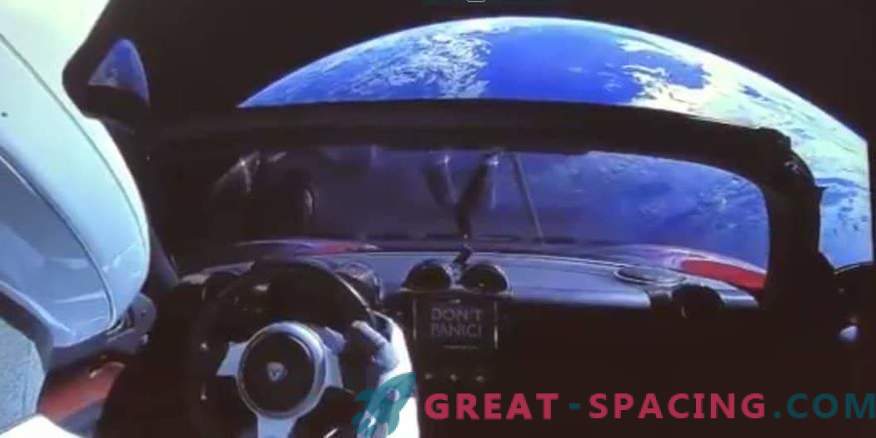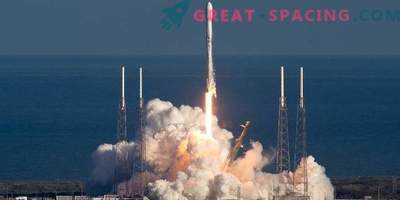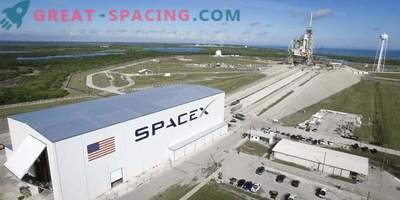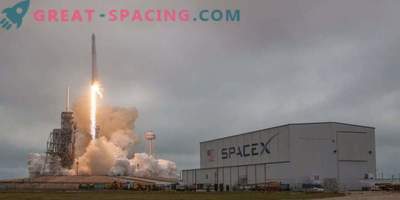
SpaceX managed to launch the most powerful rocket since the Apollo mission. Falcon Heavy has now set the bar high for future space launches. The reusable rocket is capable of transporting 5 double-decker London buses, which is invaluable for space exploration.
Falcon Heavy consists of three previously tested missiles connected together. The launch was an important event in the space industry and attracted the attention of the whole world. However, do not forget about some of the shortcomings created by the mission.
Let's start with a positive note and consider the advantages of a breakthrough. Falcon Heavy is capable of taking 68 tons of equipment into orbit. Among the competitors stands Delta-4 (29 tons). As a result, the new rocket made a huge leap in the issue of launching bulky vehicles. For the colonization of the Moon and Mars is an important advantage.
To describe the launch itself, the choice of payload and the missile landing system, you can use just one word - “stunning”. The car Ilona Mask Tesla Roadster was chosen as the first cargo, and the mannequin was driving it. Moreover, cameras were placed behind him so that you could watch the flight literally from the driver’s seat. Such attention to space launches has not been since the time of the space race in the 1960s.
It is striking that we have a fully reusable rocket. Previously, rockets most often fell into the ocean, which meant the release of fuel into the atmosphere and the loss of parts. Returns significantly reduce startup costs.
Environmental Impact
Are there any downsides to the innovative approach to space launches? What about the environment? The rocket is used several times, and therefore the resources needed to create a metal body are reduced. But 95% of the mass falls on fuel. Making large rockets means using more fuel. Falcon Heavy now uses RP-1 (refined kerosene) and liquid oxygen, which create a lot of carbon dioxide when burned.
The volume of kerosene in the three Falcon 9 rockets reaches 440 tons, and the carbon content in RP-1 is 34%. Of course, this is not enough when compared with the fall of rockets into the ocean. But if SpaceX can launch rockets every 2 weeks, we will quickly run into a problem.
Cosmic Hazards
The problem is the payload in the form of a running car. It is planned that the transport will go to Mars, but what next? Each mission must think ahead about the consequences of its launches, otherwise we are faced with a modern catastrophe - space junk. We are talking about objects with dimensions of more than 150 m, for which we have to constantly monitor that there are no collisions with working satellites in near-earth orbit. Degradation of the car near the Red Planet can lead to the fall of fragments on the surface, which means that pollution will occur.
But now there was an assumption that the rocket slightly violated the trajectory and the car would go to the asteroid belt. That is, the collision can not be avoided. Scattering fragments will cause contamination or create a dangerous situation for future missions.
It is also unclear whether the car was created in a sterile room. There is a risk that terrestrial microbes will end up on Mars or on other celestial bodies, and then it will be difficult to understand whether we have found alien life or simply accidentally “infected” the earth.
Of course, now everyone is delighted with the achievements of a private company, thanks to which one can think about traveling to the Moon and Mars. But you should never forget about the negative consequences.











































